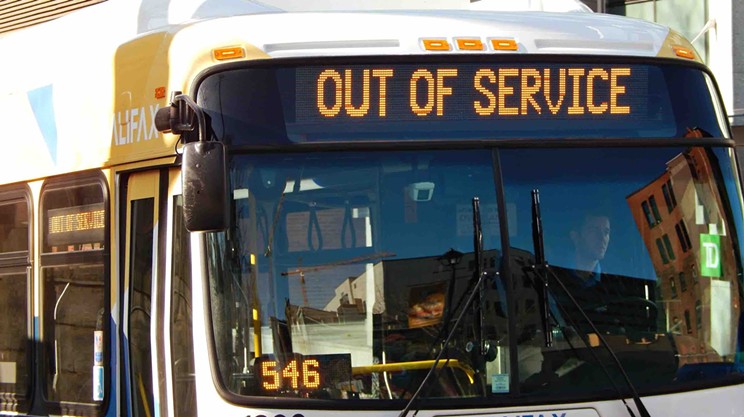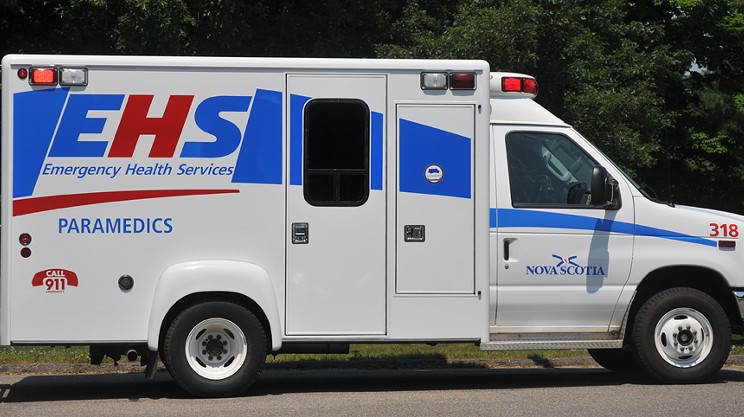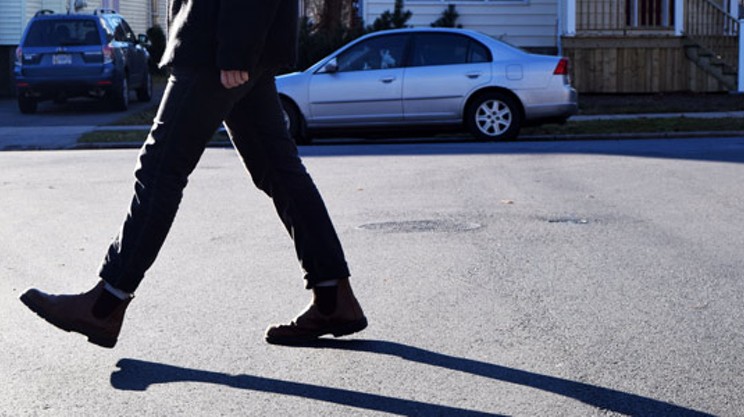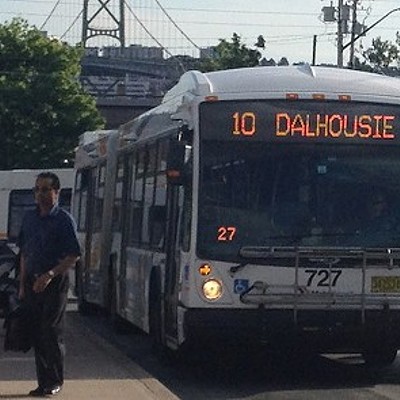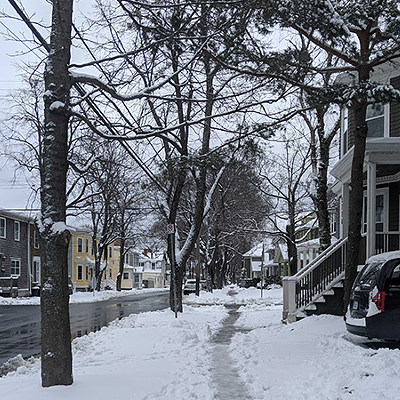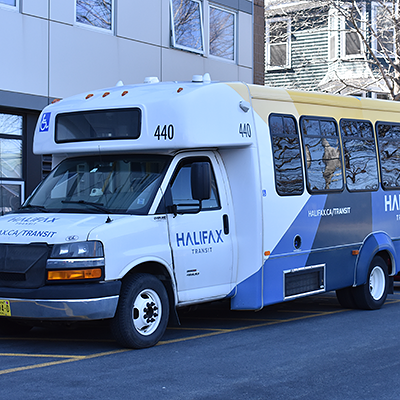Transit woes are a perennial problem, but Halifax Transit does seem to be working on that. The new Lacewood Terminal opened last year, and sometime in 2016 buses should finally start being tracked in real time.
This year will also see schedules and routes rebuilt via the Moving Forward Together plan. While it’s looking to improve service, the transit authority should also add increasing the amount of bus shelters to its to-do list.
“Because I live uptown there aren’t a lot of bus shelters, so when it snows it’s hard for me to find a place to hide and get myself warmer,” says Kityan Lau, a media student at the Nova Scotia College of Art and Design. “I live near the Lacewood Terminal, so there are some bus shelters, but not as much as downtown.”
According to a February 2015 report given to the transportation standing committee, 19 percent of bus stops in HRM are provided with transit shelters. That’s 458 shelters in the HRM—103 with advertising and 355 without. Currently, there are no pending proposals for more shelters, and Halifax Transit makes no apologies for the city’s current amount.
“There are a number of criteria used when determining which bus stop locations should have a shelter installed, including: the number of passenger boardings, likelihood of the stop being used as a transfer location, available space for shelter installation and land ownership—public or private,” says Patricia Hughes, acting manager of planning and scheduling.
On average, HRM receives two or three requests for new bus shelters monthly. All requests are investigated, tracked and regularly reviewed, according to the municipality.
The average bus shelter costs approximately $4,500. Even with funding for an expansion, the municipality is limited in how many new shelters it can install by its contract with advertising partner Outfront Media.
Outfront is responsible for all shelter maintenance, including glass replacement and snow removal. According to the 15-year contract Outfront signed with HRM in 2006, only a set number of new bus shelters can be added each year so as to provide the company with more predictable maintenance expenses.
“Additional shelter locations add to their maintenance costs, as there is no shelter maintenance cost to Halifax Transit over the contract term,” HRM spokesperson Tiffany Chase writes in an email.
Outfront is required to supply, install and maintain 90 additional shelters over its 15-year contract, about six a year. Those allotted shelters can be used towards building new shelters or replacing existing ones. Typically, 10 to 15 shelters need to be replaced annually.
Halifax Transit, meanwhile, is limited to installing 45 new shelters over the 15-year term, about three a year. Any more, and the city has to pay extra maintenance costs to Outfront.
According to last winter’s staff report, recent construction at the Bridge and Lacewood terminals, combined with “the limited number of expansion shelters allowed under the terms of the contract with Outfront Media,” means Halifax Transit is at maximum capacity for building more shelters.
Outfront, formerly CBS Outdoor, will have paid HRM nearly $1.9 million for the right to install and sell ad space on Halifax Transit’s bus shelters by the time its contract runs out in 2021.
“Halifax Transit continues to work toward improving the passenger experience through the provision of a number of bus stop amenities, which may include shelters, additional seating, waste containers and onsite passenger information,” says Hughes.
Meanwhile, riders also want shelter placement to be improved. “There’s quite a distance between shelters and they could be spaced a bit more closely,” says Susan Poole, who commutes to work on Halifax Transit.
According to transit communications staff, there is no per-kilometre standard for the number of bus shelters. Without a standard, the transit authority basically places the shelters in areas that best fit its criteria—which some Halifax residents say isn’t always convenient.
Stops that service four or more bus routes, and have an average daily boarding count of 100 passengers per weekday will be “given consideration” for a bus shelter. But obviously, that’s no guarantee.



